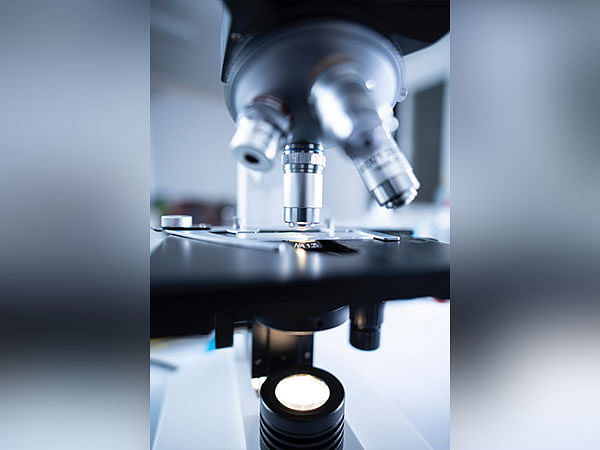Washington [US], May 27 (ANI): According to new research from University of British Columbia (UBC) biologists, even the smallest marine invertebrates are home to distinct and diverse microbial communities or microbiomes.
The study underscores that a vast diversity of animals have microbiomes, just as humans do. But more surprisingly, there’s little correlation between how closely related most animals are and how similar their microbiomes are–something widely assumed to be true based on the study of humans, larger mammals, and insects.
“This says a lot about how microbiomes originated and how they evolve today,” says UBC evolutionary microbiologist Dr. Patrick Keeling, senior author of the paper published today in Nature Microbiology.
“People might intuitively think the purpose of a microbiome is to be of benefit to the host animal, and that they co-evolve together. But the bacteria could care less about helping the animal host–they have their own agenda.”
“Most animals harbour a community of bacteria that are simply good at living in animals. From this ‘professional guild’ of animal specialists likely evolved the more elaborate, co-evolving microbiomes that are well studied in humans and insects. But as we looked at a broader set of smaller marine animals, it became clear that the microbiomes of bigger creatures are likely exceptions, not the rule.”
The team found the microbiomes of the tiny creatures differ from the microbes living in the surrounding environment, and often differed from the microbiome of even closely related invertebrates.
Digging into the microbiomes of marine invertebrates
In what might be the broadest study of its kind, Dr Keeling and colleagues sequenced the microbiomes from 1,037 animals from 21 phyla – covering most animals. Some of the lineages of animals sampled more broadly included Annelida (ringed worms), Arthropoda (the largest phylum in the animal kingdom) and Nematoda (a phylum of unsegmented, cylindrical worms). The researchers also collected samples from the surrounding habitats in British Columbia, Canada and Curacao, a Dutch Caribbean island.
“Studying such a broad range of animals was crucial-in a smaller study a number of prevalent bacteria may have been mistaken for host-specific symbionts,” says Dr Corey Holt, a postdoctoral fellow at UBC and one of the study’s first authors.
“We found most bacteria were only present in some individuals of a species, and most of these were also present in other host species in the same environment.”
Exploring evolutionary time scales
“This survey was designed to look at an incredibly broad diversity of animals,” says Dr Keeling. “The next step is to take a few of the more interesting groups and dig deeper to see how microbiomes evolved within that group to clarify the time scales at which different evolutionary processes are operating.”
The international team included researchers from UBC, the Hakai Institute, the University of Copenhagen, Universidad Autonoma de Madrid, the Polish Academy of Sciences, the Swedish Museum of Natural History, and the University of Hamburg. (ANI)
This report is auto-generated from ANI news service. ThePrint holds no responsibility for its content.



